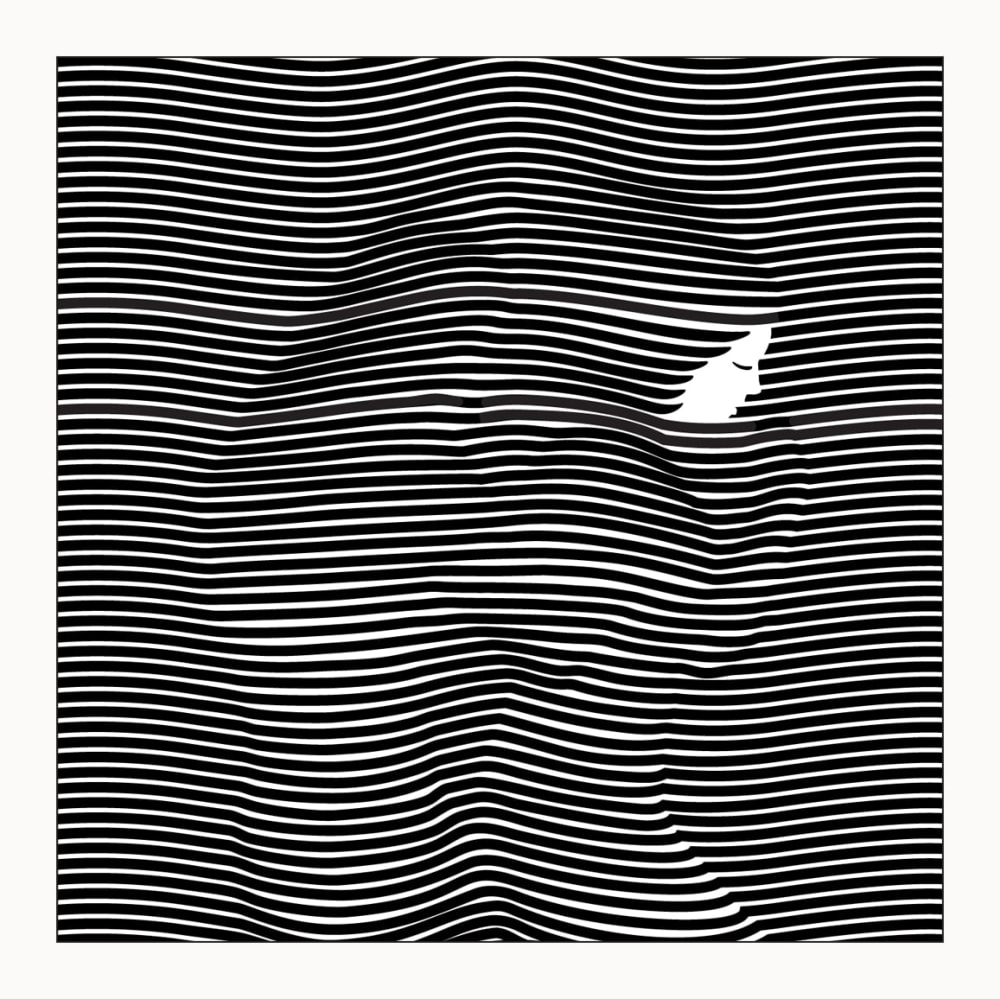
Bissane Al Charif
A recipient of the French Order des Arts et des Lettres for her moving multimedia installation, Memoire(s) des Femmes (Women’s Memories), Bissane Al Charif investigates real life stories and personal thoughts through a collective consciousness. Born in Paris, she graduated from Damascus University in 2001 with a degree in architecture before returning to France. With Palestinian parents, her mixed heritage and multicultural experiences have informed her work, and she has worked as both a scenographer for theatrical productions as well as an installation artist in her own right. Through expansive and expressive installations featuring a multitude of media, from objects and text to video, sound and voice, she explores poignant questions of the human condition.
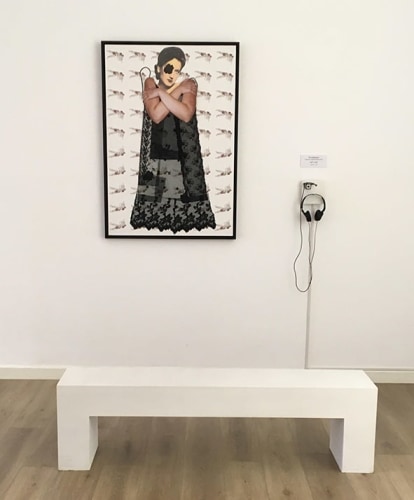
Bissane Al Charif, I Once Entered a Garden, 2018–2019, installation.
On guiding the viewer temporally and spatially:
“My relationship with theatre and my career as a scenographer has, from the get-go, influenced my installation work. From conception to execution, I think of the audience and its interaction with the work, and I will then study the space within which I’m to install the piece to bring it all together. In I Once Entered a Garden (2018–2019), for example, the audience can experience nine separate stories presented in nine separate stations, each accessible as a stand-alone experience but also interlinked. They are united in the space by one central story, of a Palestinian woman and her wedding dress. She is now in her 80s, but in her youth, she left her first love and fiancé for what was essentially a stranger, because he could help her guerrilla brother flee to Jordan. This idea of sacrifice and homeland is at the core of I Once Entered a Garden (2018–2019), and so while there is no specific ‘path’ I planned for viewers to navigate, this central story formed the heart of the project and the installation. However, in other works I have very carefully plotted a path or route for the viewer, such as occurred in Women’s Memories (2013–2014). Here, visitors were led by an entry and an exit point, between which they were led on a journey of women, through personal identity, exodus and exile, and home, among other elements, each accompanied by a video as well as personal, domestic items. In addition to the spatial construct, I also wanted to introduce a temporal one, and the last station before one exited was titled ‘After 10 Years’. I wanted viewers to leave pondering the question: “Where will these women be a decade from now, and where will WE all be?”
The challenges of multilingual installation projects:
“I experiment with several different media to find the one most appropriate to communicate what I need to say – be this recorded text, or sound effects, for example. Often my narratives are translated into several languages, from Arabic to French and English. This presents major challenges logistically – is it better for the audience to hear the stories in the language of the exhibition’s host country? Or in Arabic, so they can interact with the sound of the original language? Which forms a deeper understanding of what I want to tell them?”
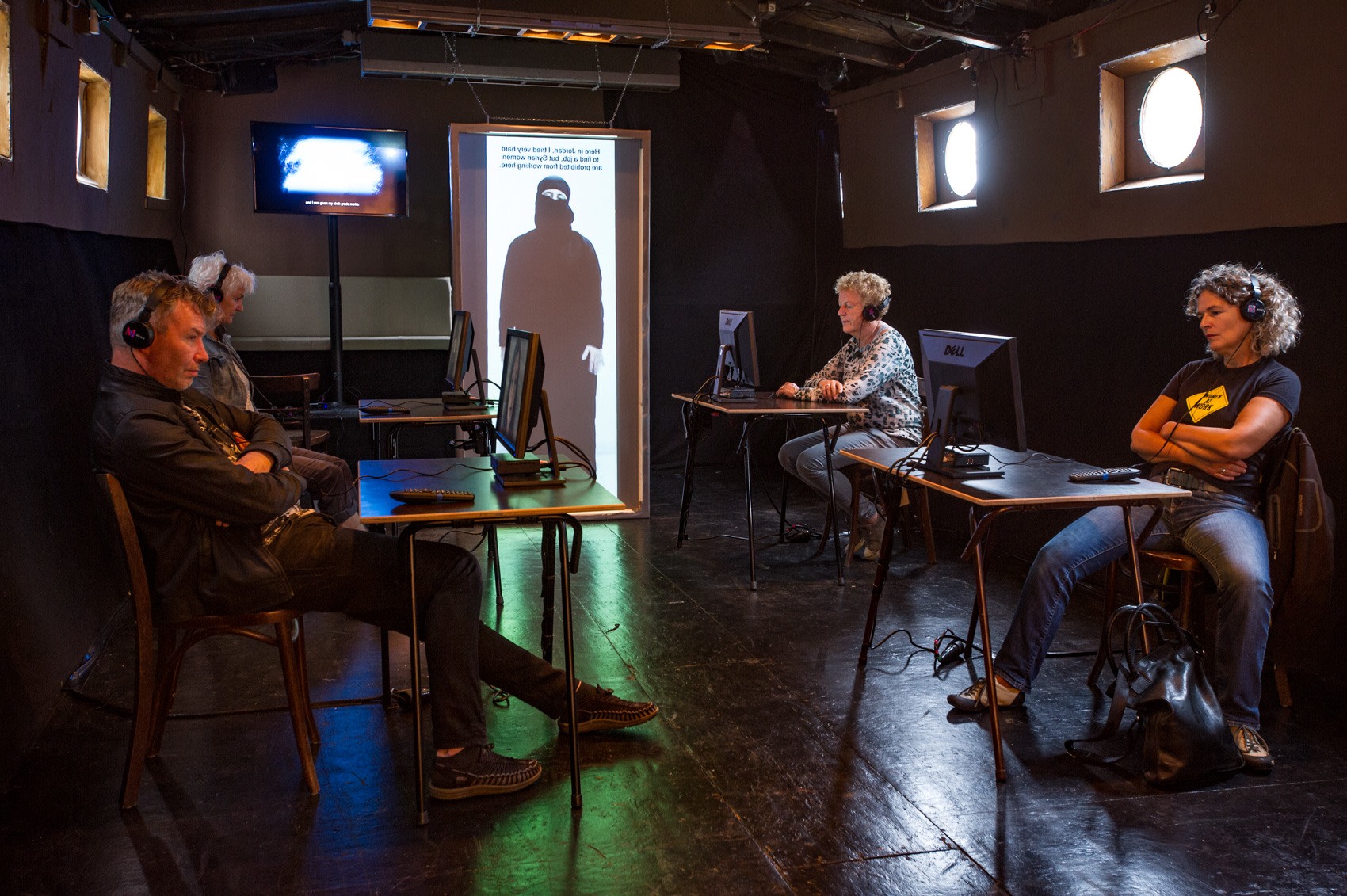
Bissane Al Charif, Women's Memories, 2013-2014, installation.

Bissane Al Charif, Sham, 2016–2017, installation.
On the insights of children:
“All of my artworks have their seed in real life. I take personal questions and try to see how they fit into the bigger picture. In projects such as Women’s Memories, or when I designed the scenography for the theatrical production, Trojan Women (2013) those questions were asked by adult women. In Sham[1] (2016–2017), the narrative is told from the point of view of children, because it stemmed from the deeply personal question: How can I describe Damascus to my daughter, who was born in France and has never been there? I interviewed Syrian children, who described, from their point of view, a place they liked in Damascus. I gave them free rein to describe these places through drawing. Children’s memories and observations of places are so very different to those of adults.”
[1] Note for English speakers: Sham means ‘Damascus’ in Arabic.
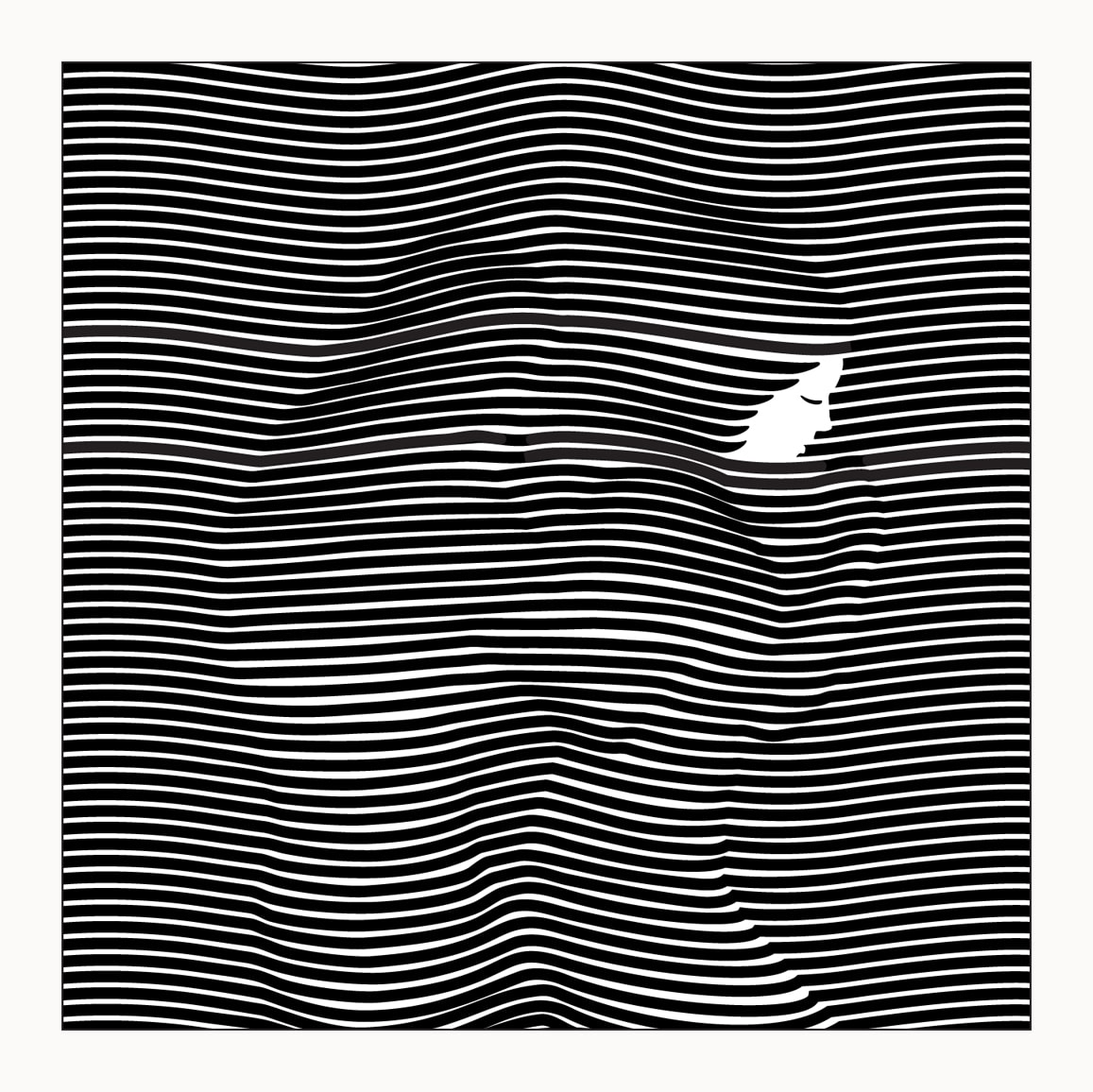
Dino Ahmad Ali, Voyage, 2018, print on canvas, 70 x 70 cm.
Dino Ahmad Ali
With a keen interest in optical illusion, Dino Ahmad Ali has long investigated the meeting ground between viewer and installation work, going so far as to expand on it in his PhD under the title ‘The conception of visual information and the spectator’s role in an interactive optical illusion installation’. Born in 1985 in Syria, he has lived in Paris since 2011, and his works range from monochromatic two-dimensional optical illusions to three-dimensional installations. In the latter, viewed from a specific angle, lines drawn on walls and floors jump to life and form solid-looking three-dimensional objects such as fountains or, in the case of his Liberte d’Illusion series (2015–2016) and Point de Vue (2014), stark, black-barred cages. The metaphor, of the cages which, if not physical, still bind us, is hard to miss. Poignantly, this was also investigated in his 2014 exhibition at the Institut du Monde Arabe in the group show Syrie: Crise-Action, Artists en creation.
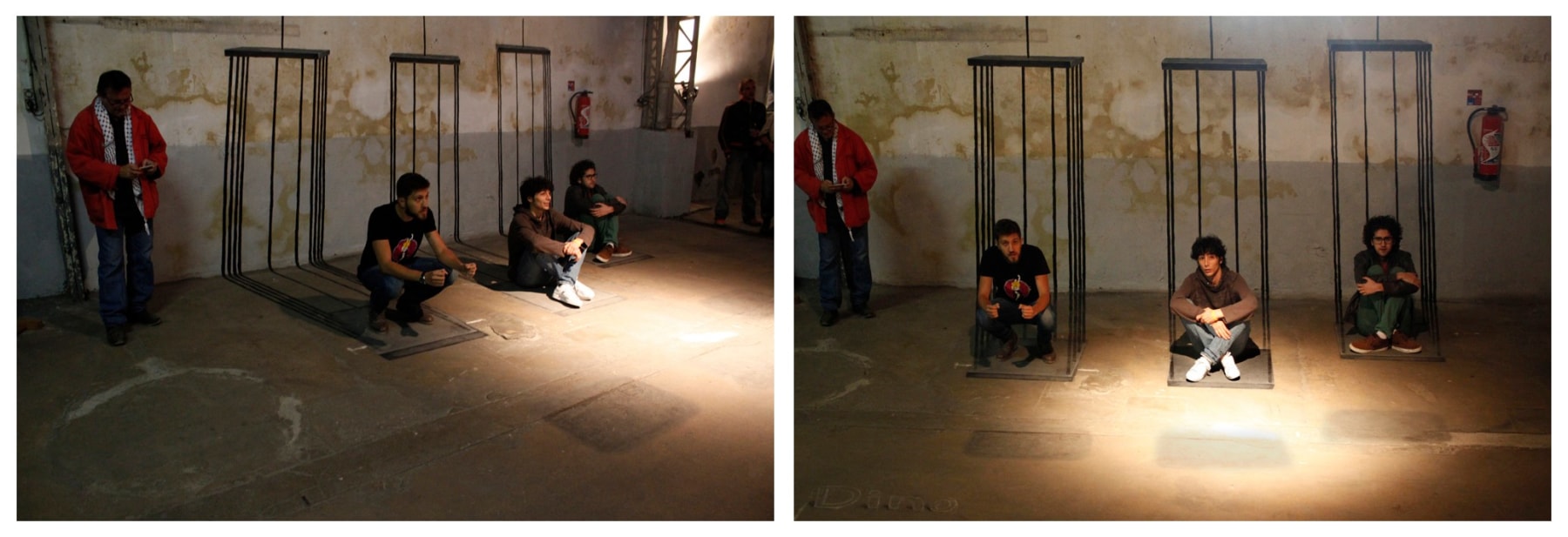
Dino Ahmad Ali, Point 2 vue, 2014, France, installation.
On how the viewer goes from passive to active:
“The role of the viewer changes drastically between the two and three-dimensional – with plastic works, such as painting and even sculpture, one is a recipient in the experience of viewing. With the three dimensional, such as interactive installations or optical illusions, the viewer changes from a passive observer to an active performer, for any action or movement by them becomes an essential and original part of the work, giving it new dimensions and a different experience for anyone who interacts with it. This is because interactive installations take place within a complete space, which contains both the work and the viewers at the same time.”
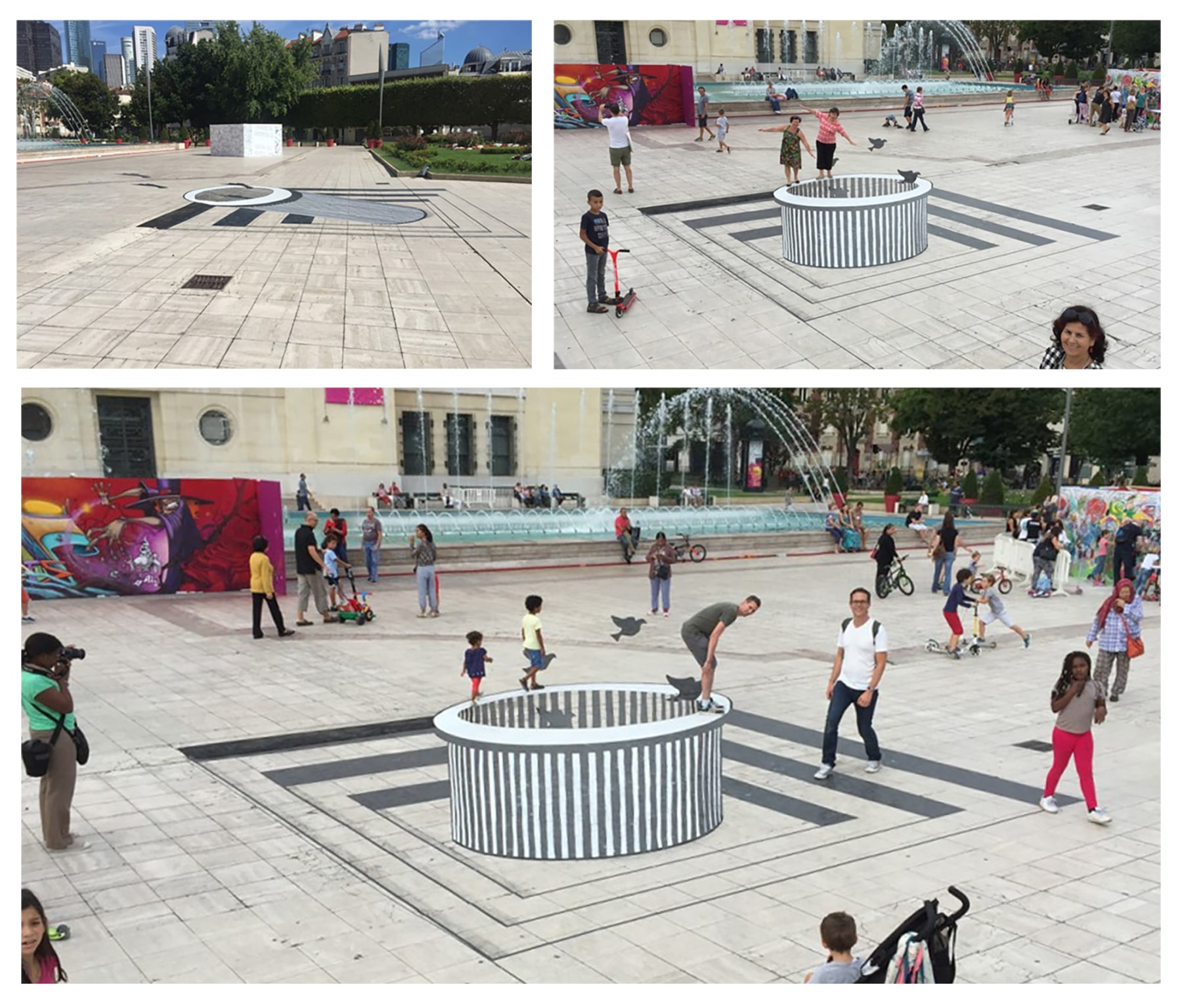
Dino Ahmad Ali, Graffic Art Festival, 2016, France, installation.
Melding the two and three-dimensional:
“I am currently investigating how to create a two-dimensional illusion that has a feeling of depth and volume, that is, a three-dimensional sense. This relies on the viewer’s own movements around the work and the angles at which they view it. The challenge is in manipulating perspective to create the sensation that a work is mobile, which involves tricking the brain’s optical senses, in a way.”
How installation work and the viewer form a symbiosis:
“Installations are created to fit within an existing space, with the path of the viewer in mind, and it is not complete without the interaction of the recipient and their auditory and visual response to it. Thus, one of the conditions for an interactive installation is the presence of another dynamic component to interact with it – and this is the viewer. They need to be engaged intellectually, emotionally but also physically. I consider the movement of the body within a work a sensory and expressive state that expresses their feelings and sense of the piece. Installation and viewer form a partnership, which creates endless formative possibilities.”